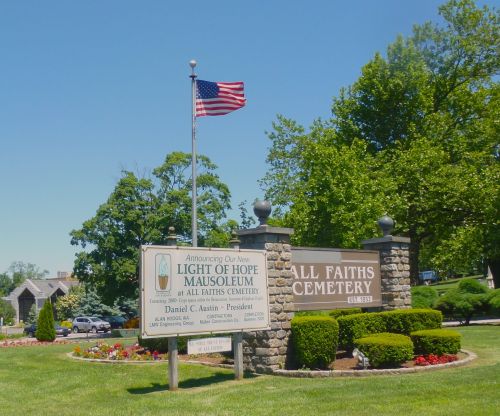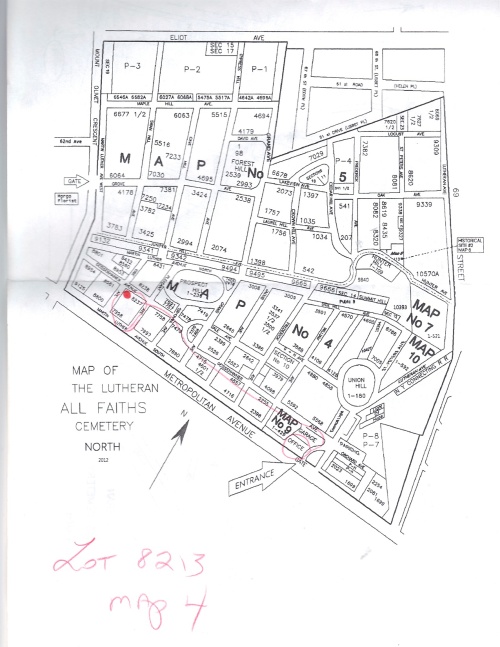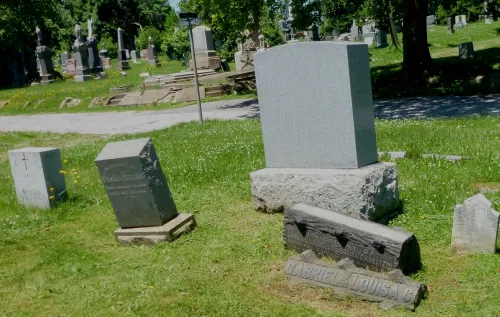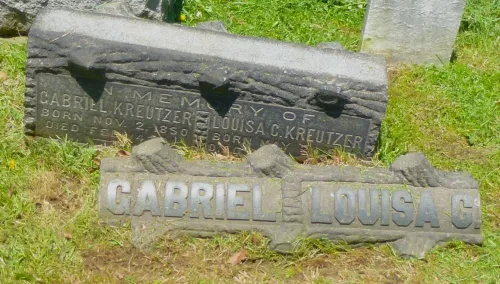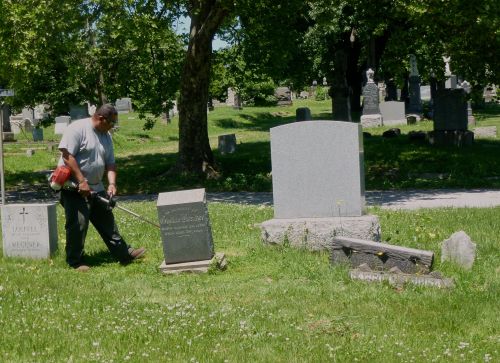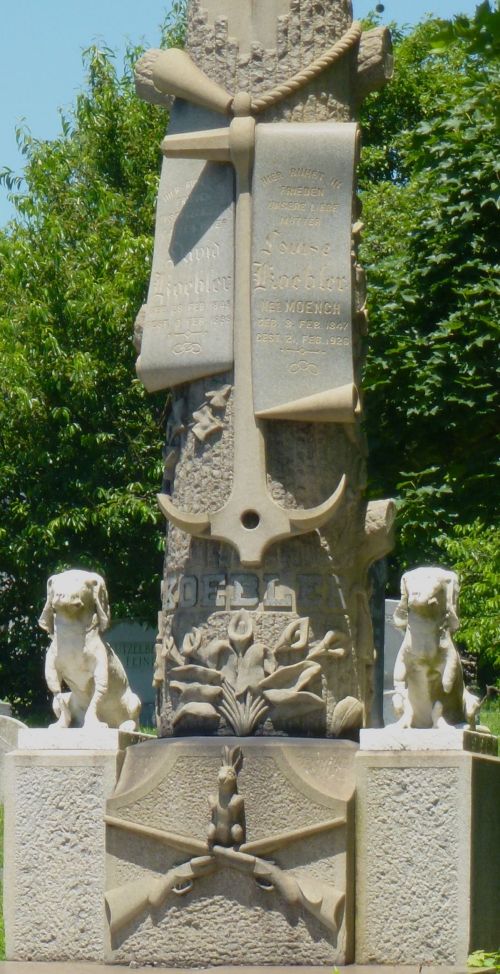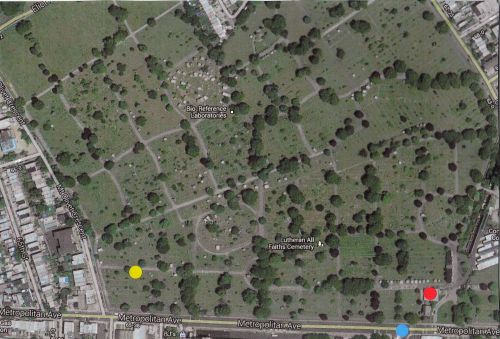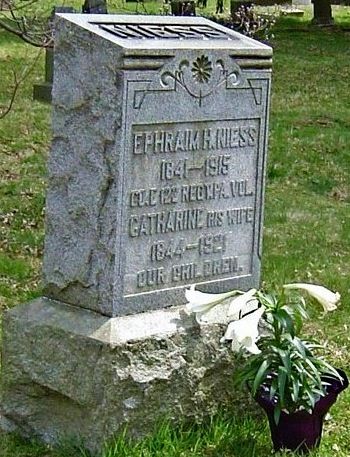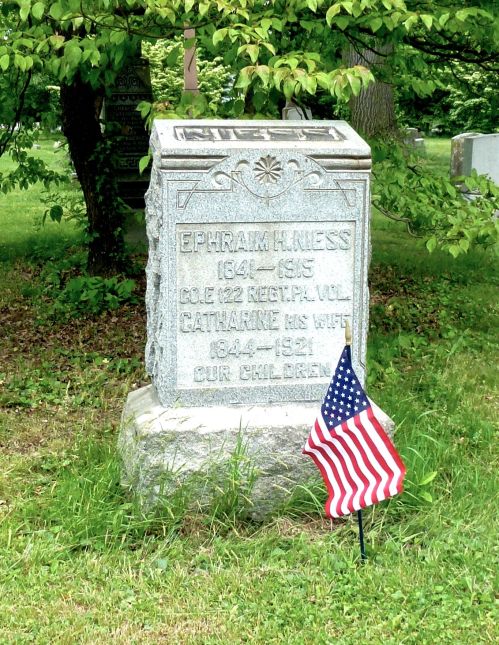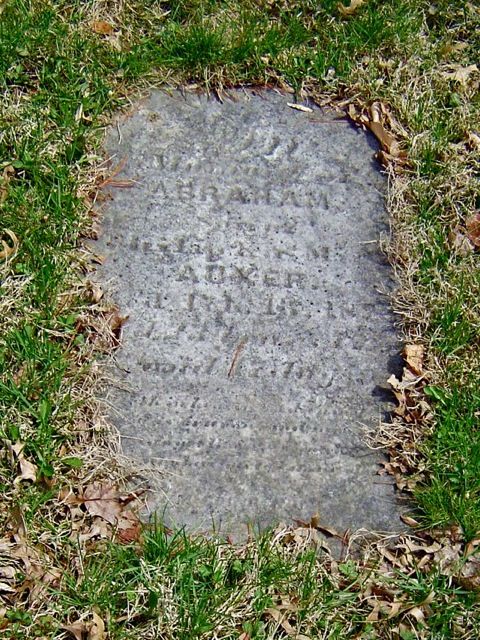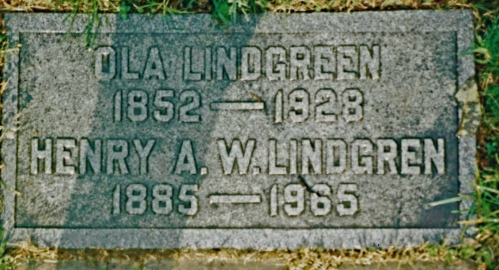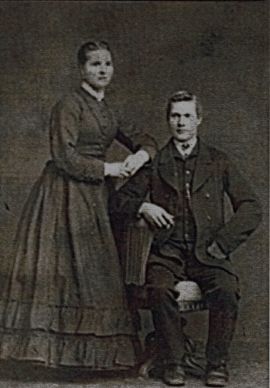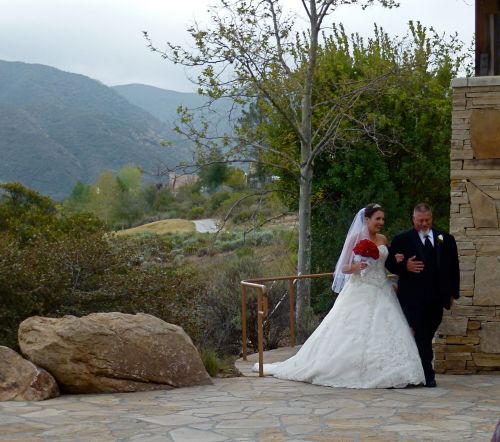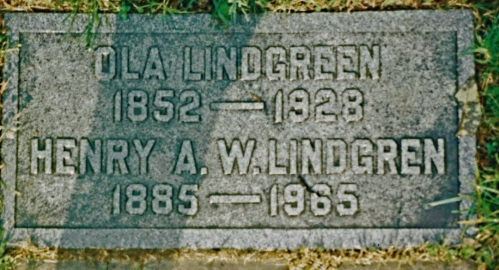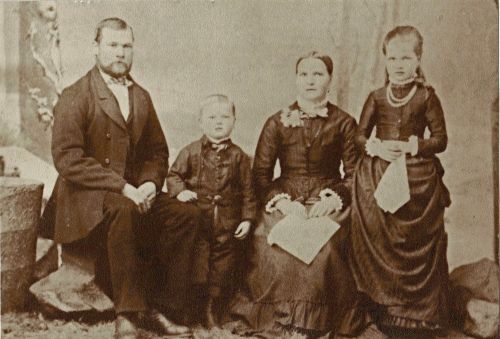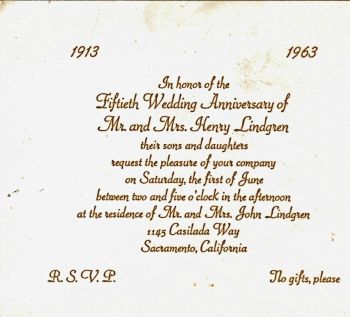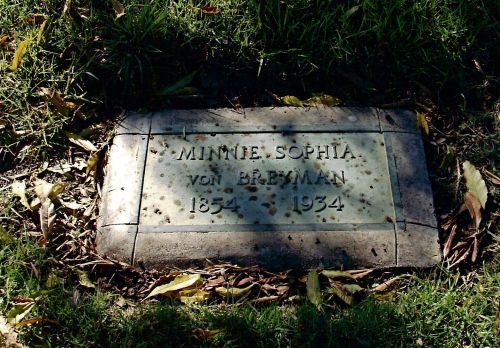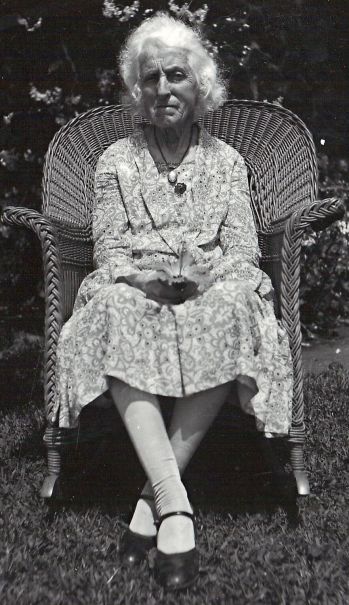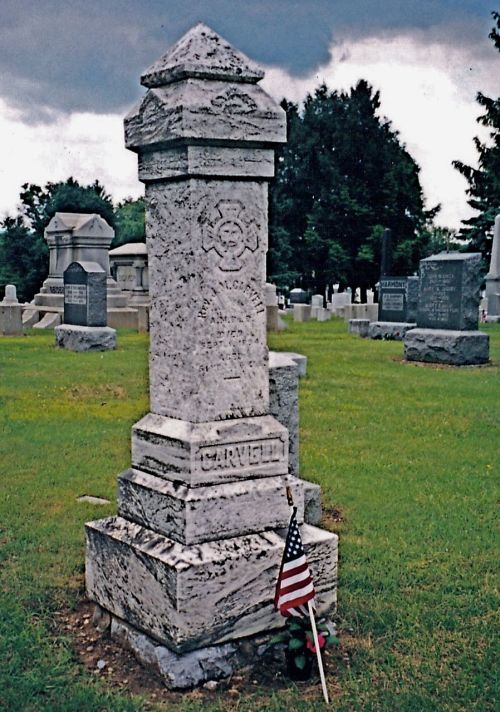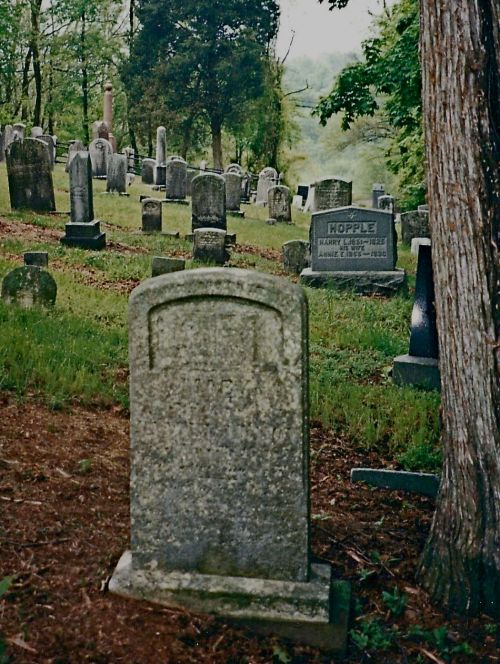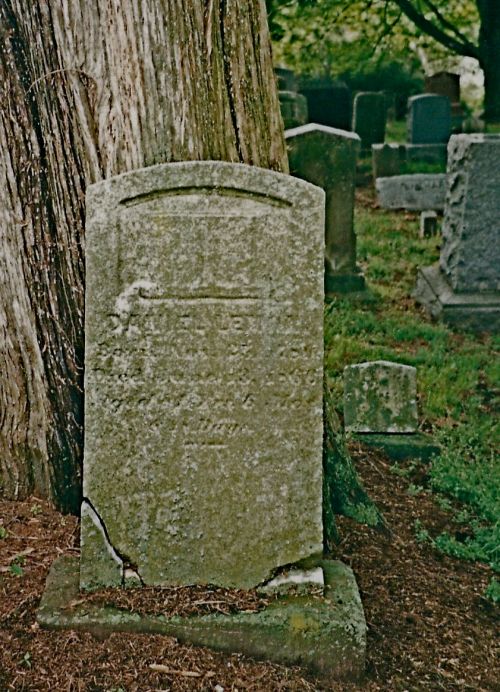After years of searching, I finally found my great-great grandmother! All it took was a little time (a LOT of time!) and a few bucks (well, actually a lot more than a few!) and voila! I found out she died and was buried in Queens, New York. You see, Grandma, Amelia Gode, had two daughters, my ancestor (Minnie) on the west coast, and and her elder sister on the east coast. Once I found Louisa Kreutzer, I found her mother and my great-great grandmother!! The next order of business was a trip to The Lutheran All Faiths Cemetery to photograph the headstone.
Since I found this information in the late fall, an early spring trip was planned. Only snag in this was there was no spring . . . well actually there was, but about a 4 day span and I missed it! We’ve had winter this year, a couple days of spring, back to winter, a week of summer, and this week we are having spring. Ideal week to go! Springtime in June!
Tuesday I boarded the 8:32 train heading for Penn Station in New York, sat back and enjoyed the ride. The most enjoyable part of the ride was finding $20! That’s the 3rd time in a month I’ve found $20! The first time was in a pair of jeans I hadn’t worn since last winter, the 2nd time was in the Ikea parking lot, and this time it was in a little zippered purse in a bag I bought at the Salvation Army just for this trip! I’m on a roll! I could tell it was going to be a good day!
Once I arrived in New York, I immediately headed one block away to catch the M subway that was heading to my destination. For just short of a $5 bill, I bought a ticket for the trip out and back, grabbed a seat and watched the sights . . . both on the subway and on the horizon.
The subway had a variety of people to look at, from boys carrying skateboards to women carrying Gucci bags, and every imaginable person in between. The horizon was just as colorful. In one section of Brooklyn, all I could see was rooftops – rooftops of very tall buildings with all of the chimneys colorfully painted with various graffiti. Suprisingly, I found it interesting and beautiful in a strange kind of way. I wish I had taken a picture, but then it would have been a blur since the rate of speed of the car didn’t match the rate of speed that my little mind moves.
The end of the line was at Metropolitan Avenue, right across the street from the cemetery office! I walked to the office and saw a sign on the door that said it was closed from 12:00 to 1:00 for lunch so I decided to take a walk rather than try the door. Good decision on my part. As I started to walk, I met one of the nicest employees in the cemetery who offered to drive me to the site if I knew the lot number and told me just to go in and ask the girls in the office. Forget about the sign on the door since it wasn’t accurate. Meanwhile someone else needed directions so he was going to lead him to the site he was looking for and I would ride with Mr. Rodriquez in the Cemetery’s pick up. My site was on the north side of Metropolitan Avenue. The women in the office were nice enough to furnish me with this map for the north side with the section G-G-Grandma is buried in circled for reference. The red dot signifies the area she is supposed to be buried.
As I said this cemetery is HUGE, and the site the other man was looking for was at the back of the property on the south side of Metropolitan Avenue, and mine was on the north side, the very old side. Needless to say I got a wonderful tour of the south part of the cemetery with Mr Rodriquez pointing out various things of interest to look at.
I had already prepared myself to not be disappointed if Amelia Gode’s headstone was either no longer there or too difficult to read. As I had anticipated, Amelia’s memorial was no where to be found. What you see above is the site, or plot. The first two headstones facing the front are Gabriel and Louisa Kreutzer’s next to Gustav Kreutzer, Grabriel’s youngest brother. The small one behind the Kreutzer couple’s is facing the other way and belongs to the largest one facing the road. That plot belongs to the Broadmans. The one next to Gustav’s is the next site over. Only the two Kreutzer’s belong in this particular site.
Louisa Kreutzer is Amelia’s eldest daughter, so I knew we were at the correct site. As I leaned over to remove a few weeds so I could photograph the memorial, Mr. Rodriquez insisted on getting his weed wacker and clearing it himself. He made me stand clear of it ~ which I did because I could get a photograph of exactly how accommodating the staff of this cemetery is.
When I finished taking photographs of the area, I hopped back in Mr. Rodriquez’ pick up and he dropped me 0ff at the office, so I could ask a few questions ~ specifically, is there a book published on this cemetery? Answer: not that they know of! (and why not??? It’s a wonderful cemetery!)
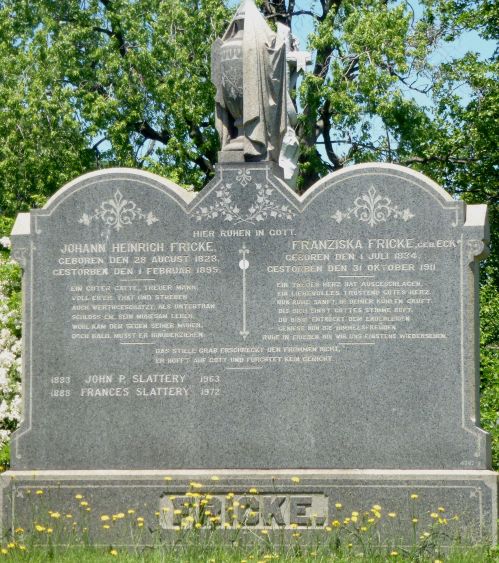 Before I left I took pictures of several monuments that impressed me, and this was one of them. I don’t know how the Slatterys are related to the Frickes, or even if they are. I photographed this, because I do have Fricke in my ancestral line. I have a Sophia Fricke who is my 6th great grandmother, on my mother’s side, so I had to take a picture of this particular monument.
Before I left I took pictures of several monuments that impressed me, and this was one of them. I don’t know how the Slatterys are related to the Frickes, or even if they are. I photographed this, because I do have Fricke in my ancestral line. I have a Sophia Fricke who is my 6th great grandmother, on my mother’s side, so I had to take a picture of this particular monument.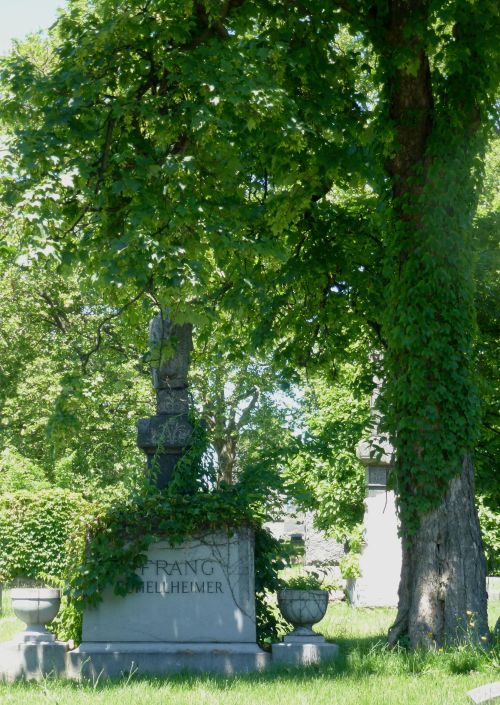
This scene just appealed to me. It was so serene looking, and looked like a place that a family could have had a picnic by on a Sunday afternoon.
. . . and this one was just plain elaborate and beautiful!! It is located on the corner of the site diagonally across from the Kreutzers.
After a few more pictures, it was back to the M line and for the trip to the Big Apple for a delicious sandwich, a bottle of $3.50 Diet Coke and a ride home in “The Quiet Car” on the Amtrak. Jim was there to greet me at the station. Life is good.
This is a Google map, with exactly how far I had to walk to get to the final resting place of my ancestor. The blue dot represents the Subway station, the red dot, the Cemetery Office, and the yellow dot, the burial site of the Kreutzers and my great-great Grandmother.
I cannot end this blog without giving a sincere thanks and hats off to the wonderful staff at this gorgeous cemetery. It is evident that they take personal pride in their service to visitors and the grounds their loved ones rest in. I, for one, am deeply appreciative.
Although I could not find her marker, there is no doubt that she is buried here. The office has records that prove it,
. . . and the earth probably has what is left of her earthly remains.
